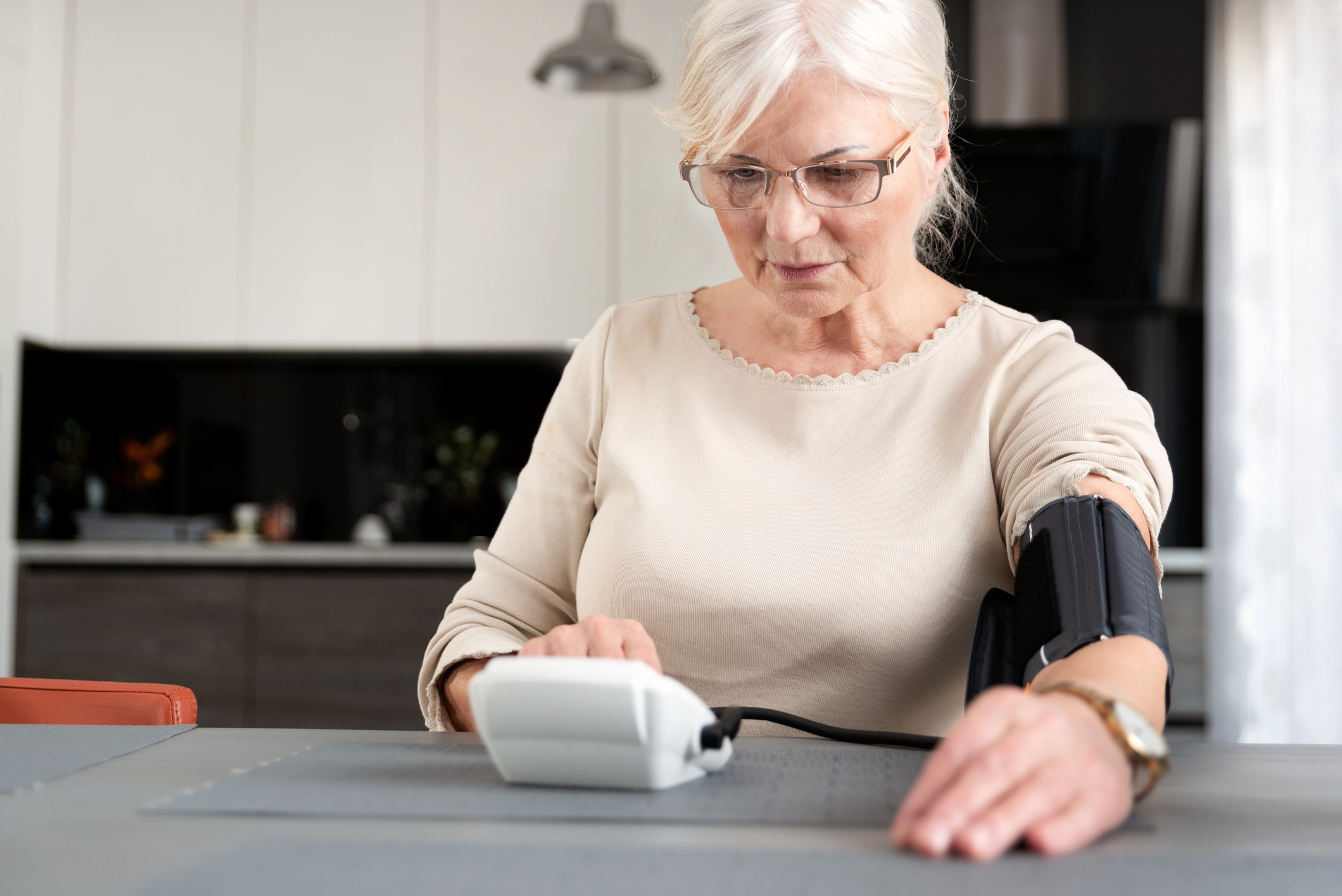Normal Blood Pressure for Women Over 60
What is normal blood pressure for women over 60? If your readings are consistently below 130/80 mm Hg, you are within the normal range, though slightly higher readings may be considered normal based on individual factors.
Maintaining healthy blood pressure is one of the most important steps you can take to ensure a long, healthy life.
As we age, our bodies change, and so do our cardiovascular needs. While fluctuations in blood pressure are natural, consistently high or low readings can lead to serious health risks.
By understanding what’s normal, recognizing risk factors, and making small but meaningful lifestyle adjustments, you can take control of your heart health. It’s never too late to start prioritizing your heart!
